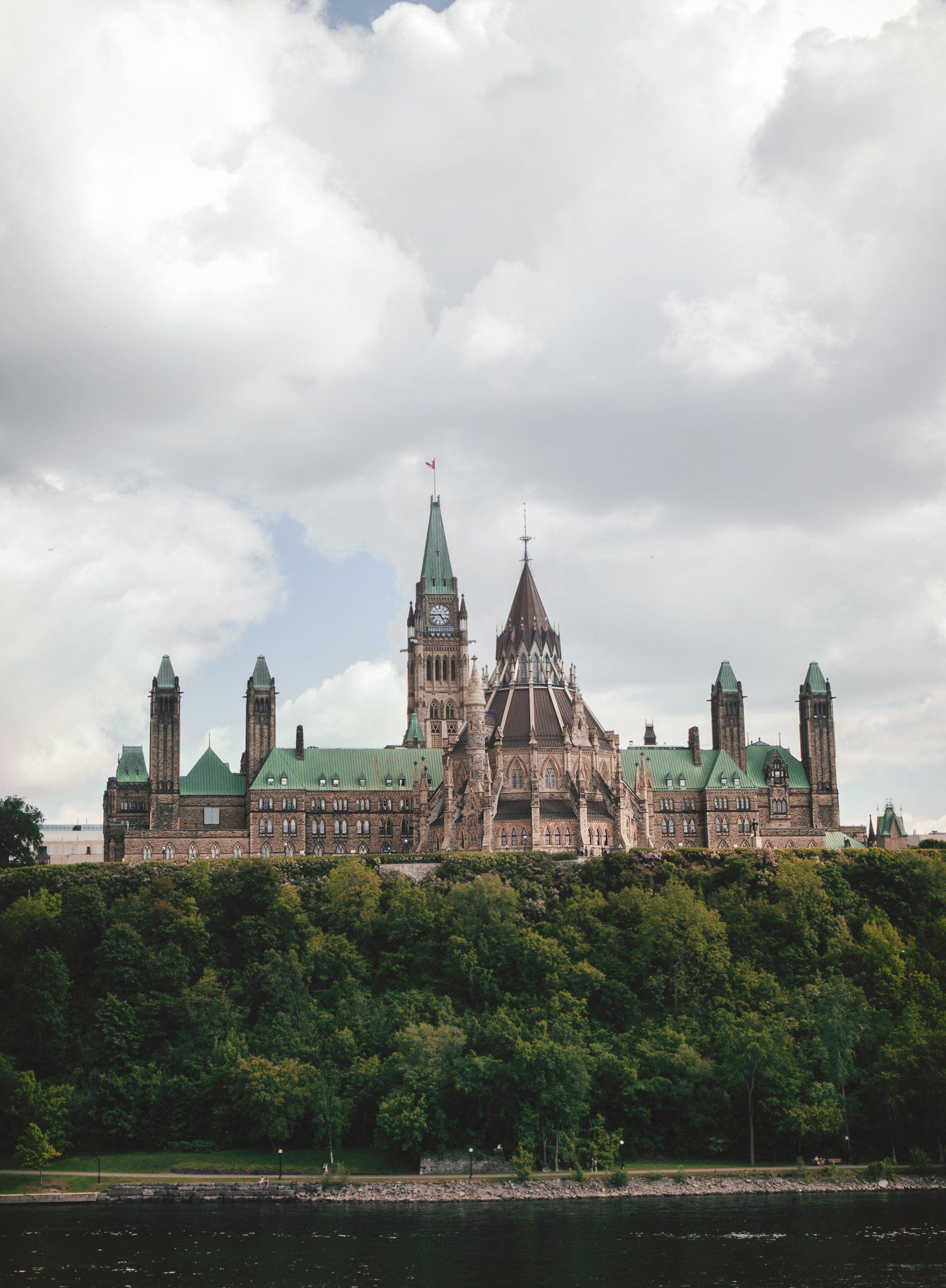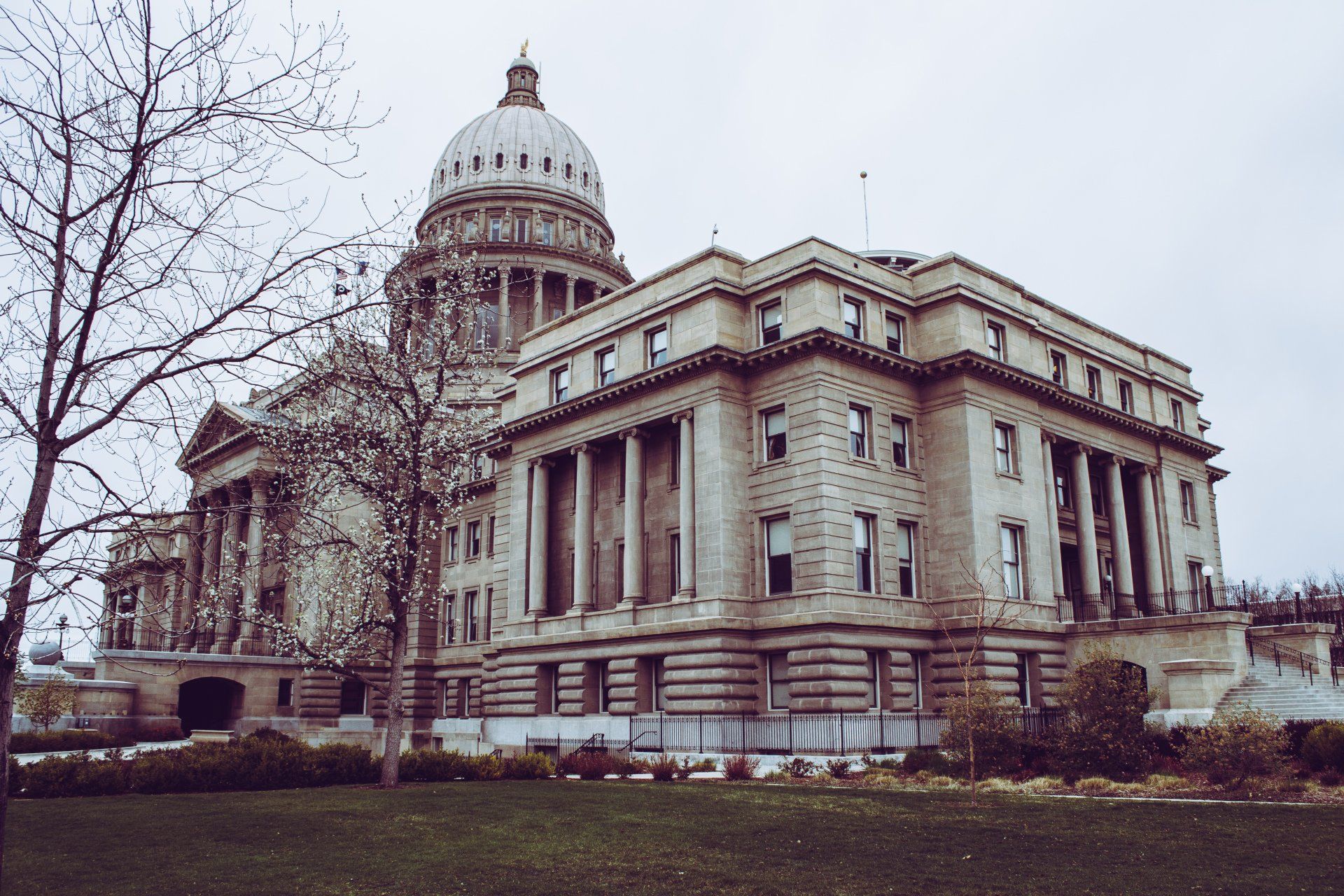Travel Restrictions During the Coronavirus Pandemic
Were they effective?
Since the onset of the coronavirus pandemic, the world as we know it has changed drastically. The arrival of the COVID-19 virus brought the world to its knees and left global leaders scrambling to figure out how to stop it in its tracks. One of the solutions that many countries across the world have employed is the introduction of travel restrictions. Much debate has ensued surrounding the role of travel restrictions and their effectiveness in mitigating the spread of COVID-19. Countries around the world have different views of how to plan for and respond to disease outbreaks to stop their spread and, ultimately, save lives.
Examining the Coronavirus
Coronavirus, or COVID-19, is an infectious disease caused by the SARS-CoV-2 virus. COVID-19 has varying effects on different people, and the majority of those infected experience mild to moderate symptoms and recover without the need for medical intervention. Others, however, become very ill and require hospitalization. Globally, COVID-19 has taken many lives, with a global death toll of at least 6,308,310 people as of May 2022. The actual number may be as high as 15 million, measuring for excess deaths, since it is difficult to effectively capture and report every death from every part of the world.
The Effect of COVID-19 on Travel
Few industries have been as hard-hit by the coronavirus pandemic as the travel and tourism industry. The tourism industry's global revenue dropped by an estimated 42 percent in 2020 as a result of the pandemic. This drop was largely due to the various travel restrictions countries across the world placed as a means to slow down the spread of the virus in their communities. According to research by the United Nations World Tourism Organization (UNWTO), 96 percent of all destinations worldwide implemented some sort of travel restriction in 2020 in response to the COVID-19 pandemic.
While countries have taken varying measures to restrict travel since the onset of the pandemic, the UNWTO has grouped the existing kinds of travel restrictions into four categories:
- Destination-specific restrictions, whereby passengers who have visited or transited in a country with confirmed cases within a specified amount of time will not be allowed to transit or enter their destination country.
- Closing of borders, in which a destination country closes all its borders to visitors who may wish to enter. This affects land, sea, and air travel.
- Suspension of international flights, where flights in and out of a destination country are suspended.
- Other measures, such as mandatory quarantine for international arrivals, invalidating visitor visas upon arrival to a destination country, restrictions on regional travel within a country, and mandatory negative COVID-19 test results for entry.
Starting in March 2020, countries globally implemented variations of the four categories of travel restrictions with the goals of preventing and stopping the spread of COVID-19 within their borders, with varying levels of success. As of April 6, 2020, 43 percent of all countries had partially or completely blocked their borders to visitors; 21 percent had implemented more targeted, destination-specific limitations, while 27 percent had halted some or all international flights. The remaining 9 percent were reliant on a variety of other restrictive measures, including visa limitations, in-country travel restrictions, and/or quarantines.
Lessons Learned
With the use of travel restrictions having been popularized across the globe by countries as a means to curb the reach of the coronavirus, we must ask ourselves, how effective is this tactic? Reports have shown that international travel restrictions are most successful during the early phases of a pandemic, before the disease spreads widely in the community, as they may aid in reducing the rate at which a disease spreads between regions. They are also particularly successful when a disease is localized regionally and easily detected, as Ebola was. Researchers have also found that these travel restrictions only help to prevent the spread of international cases when combined with physical distancing measures and other preventative directives, such as staying home when sick, wearing masks, washing hands, and giving handshake alternatives.
While we have seen some benefits to the implementation of travel restrictions, we cannot ignore the negative impacts that they have had. Prolonged travel restrictions have had a devastating effect on some local economies, especially those that are heavily reliant on travel. To understand the full impact of travel restrictions, let’s examine the pros and cons.
The Pros of Travel Restrictions
They Help Slow the Spread of COVID-19 in Areas Where It Is Not Yet Present
Travel restrictions have been proven in studies to have the capacity to halt the spread of a novel infectious disease in areas where it has not yet been transmitted. Australia implemented one of the world’s harshest travel restrictions in 2020, completely banning visitor entry for two years. According to a report by the Journal for Travel Medicine, Australia's travel restrictions against China were extremely effective, reducing incidents by 86 percent. However, the findings date from a time when the virus was mostly found in China and hence easier to isolate.
Reduction in Carbon Emissions
Travel accounts for 23 percent of worldwide carbon emissions, making it an important contributor to climate change. At the onset of the pandemic, non-essential travel was banned in several countries globally. Many airlines around the world canceled flights as a result, helping to limit the virus's spread. This significantly impacted the number of flights that took place. To illustrate, over 730,000 flights completed trips globally in the first full week of April 2019, compared to under 290,000 in 2020.
This significant drop in air traffic resulted in a temporary reduction in greenhouse gas emissions.
According to Carbon Brief research, carbon dioxide emissions in New York reduced by 5-10 percent, whereas emissions in China decreased by 25 percent since the beginning of 2020. However, this is only a temporary benefit of travel restrictions. Since the lockdown was loosened, air pollution in China has already increased to former levels. As a result, travel restrictions will only provide long-term advantages if a reduction in travel persists into the future to keep carbon dioxide emissions low.
Positive environmental impact
Travel restrictions have resulted in a significant drop in tourist numbers, which has had positive effects on the environment, especially in tourist hot spots. This is obvious in Thailand, where a drop in tourist numbers has increased the population of endangered leatherback sea turtles. Leatherback turtles are the world's largest turtles but are critically endangered in Thailand. Turtles have a hard time finding quiet, dark spots to lay their eggs when the beaches are crowded with tourists, which has caused their population to dwindle. Additionally, tourists frequently leave plastic behind, which can entangle turtles or cause them to choke on the waste. However, since the coronavirus pandemic, 11 turtle nests have been discovered since November of last year, the most in two decades.
The Cons of Travel Restrictions
Damages Economies
Inefficient and prolonged travel restrictions have created a substantial loss of tourist income, ultimately damaging the global economy. It is the third-largest export category, and in 2019 accounted for 7 percent of global trade. For some countries, it can represent over 20 percent of their GDP, with jobs in the tourism industry representing one out of every ten jobs and providing a living for many millions across the world. COVID-19 and the travel restrictions that have ensued have brought the tourism industry in tourism-dependent countries like Barbados and Seychelles to a standstill. In July 2020, the authorities reopened their island countries to international tourists after successfully stopping the local spread of the virus. Nonetheless, arrivals in August 2020 were nearly 90 percent lower than in previous years, squeezing a crucial source of government revenue.
Can Be Discriminatory Against Certain Countries and Populations
In November 2021, South Africa and Botswana reported the discovery of a new coronavirus subtype in their country, later called Omicron. While the World Health Organization (WHO) commended South Africa and Botswana on adhering to international health laws and contacting WHO as soon as the omicron variation was discovered, many countries responded by enacting travel bans on arrivals from southern African countries - South Africa, Lesotho, Eswatini, Botswana, Namibia, Malawi, Mozambique, and Zimbabwe. Only two of the countries, South Africa and Botswana had confirmed cases at the time, and after a week, news surfaced that Europe had confirmed cases before South Africa had discovered the variation.
The eight southern African countries were stigmatized for exchanging information, and they paid a high economic and societal price for doing so. This event will almost certainly harm future behavior in other countries and disincentivize them from sharing information about future diseases of concern.
Short Term Solution When Implemented in Silos
Travel restrictions are unlikely to be effective in preventing the spread of coronaviruses unless countries can entirely close their borders to all travelers. More than 63 percent of travel restrictions were found to be ineffective in a recent global study published in the journal of Communications Physics, partly because they were uncoordinated, created out of self-interest, or applied at the wrong time in the wrong places. To ensure the effectiveness of travel restrictions, countries need to work together in creating policies to restrict travel. Operating in silos makes the travel restrictions less effective as there is no common approach to curbing the spread of the coronavirus.
The Verdict
Travel restrictions have had many benefits in the fight against COVID-19 including helping slow the spread of COVID-19 in areas where it is not yet present, reducing carbon emissions from travel, as well as creating a positive environmental impact through decreased travel. However, it has had negative effects such as damaging economies by stalling the travel industry and discriminating against certain populations. Ultimately, while they have had some impact on curbing the spread of the virus, travel restrictions are a short-term solution when implemented in silos or without any other protective measures.


